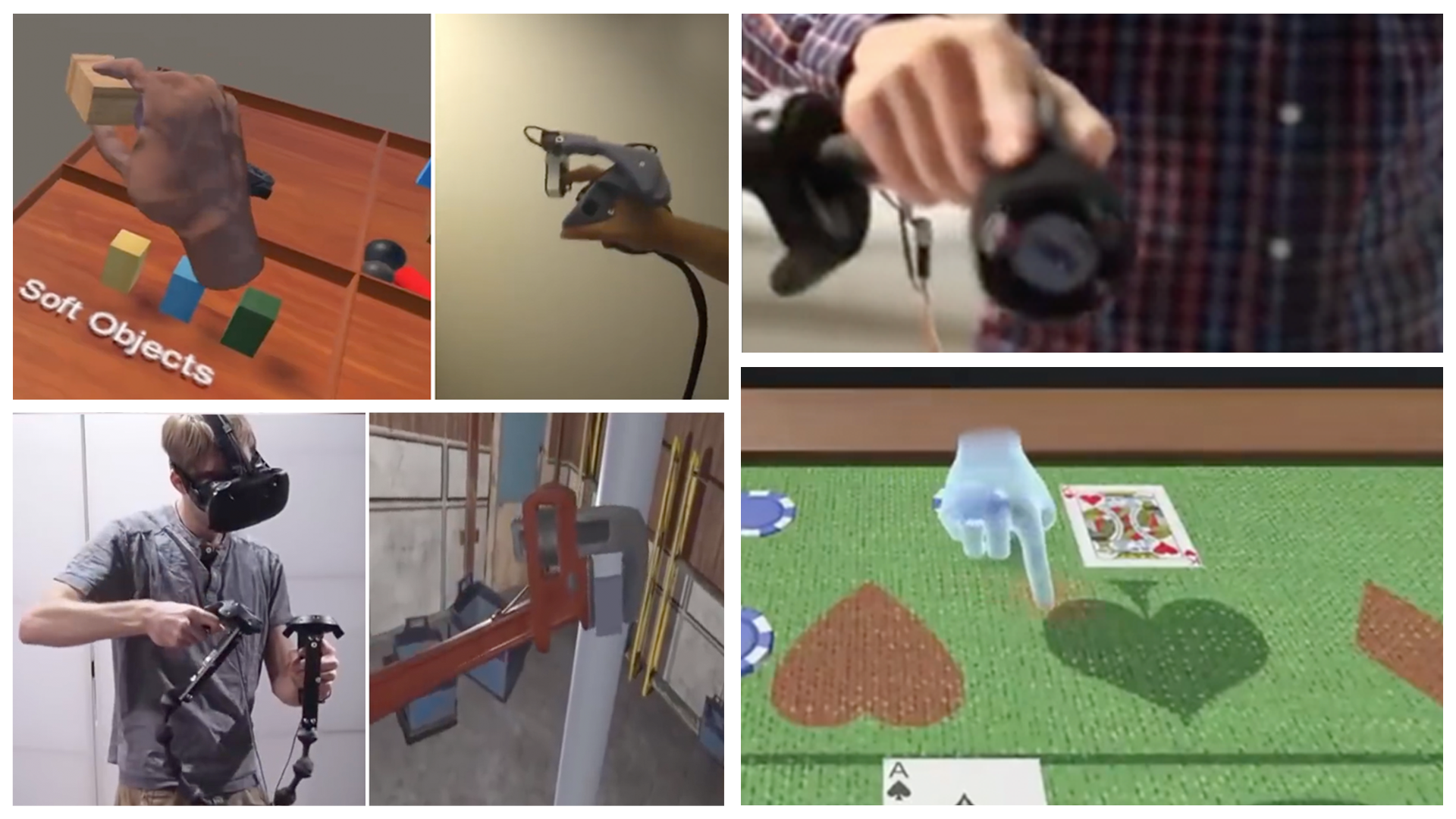It’s time to revise the traditional “three Rs” of education in the United States. In addition to “reading, ‘riting, and ‘rithmetic,” we need to add computer science. Yeah, I know it doesn’t even contain an “r,” but computer science is just as important as those fundamental “r” skills. And that brings me to the topic of this blog: Computer Science Education Week (opens in new tab) (CSEdWeek), an annual US event that stresses the need to teach computer science basics to every student. This year, CSEdWeek runs from December 9 to 15.

I am especially excited to work in partnership with Code.org (opens in new tab), a new non-profit organization that initiated one of CSEdWeek’s prime events: the “Hour of Code.” The event aims to introduce 10 million students of all ages to computer science ideas and tools—and to let them try coding for one hour—while also demonstrating to parents, teachers, and policymakers how accessible coding can be. And at a deeper level, we hope it will drive demand for expanded computer science courses and activities in secondary schools.
Spotlight: Microsoft research newsletter
As part of CSEdWeek, I am in central Oregon at the Culver Middle School and Culver High School, introducing students to programming through an hour of coding by using TouchDevelop (opens in new tab), a free Microsoft Research mobile application development tool. I’ll also host an all-school assembly on “How Computer Science Can Solve the World’s Greatest Challenges.”
In addition, I get to spend a day devoted to my greatest passion: sparking young girls’ interest in computer science. I will meet with 93 Culver Middle School girls, introducing them to computer science research and the importance of user experience design. Too many young people only hear about the difficulty of programming; I strive to show them the art, creativity, and satisfaction involved in making an application that meets the end user’s needs. They’ll learn about the storyboarding process and how to design an application, and then they’ll help create the user interface for Games Learning Society (opens in new tab), a research project I’m working on with Constance Steinkuehler (opens in new tab) at the University of Wisconsin. I will also give them a preview of a program we will announce this week—so stay tuned to learn about great partnerships and an event that will entice even more young women to pursue computer science careers.

Middle school students learn coding with help from Rane Johnson-Stempson during Computer Science Education Week.
Despite the excitement of CSEdWeek, my commitment to and passion for what it represents doesn’t begin and end during this week. Early last week, I met with 75 high school students from the Auburn (WA) Mountainview High School IT Academy Program and shared Kodu (opens in new tab), .NET Gadgeteer (opens in new tab), WorldWide Telescope (opens in new tab), and other Microsoft Research technologies with them. They also learned about the exciting future of computing from bright young Microsoft employees who are in an accelerated career development program (opens in new tab).
Later in the month, I will head to Redmond (OR) Middle School to conduct a TouchDevelop programming event with all of the students and to introduce middle school girls to user experience design. And I’m not alone in this outreach effort; several of my Microsoft Research colleagues are also volunteering at elementary, middle, and high schools to excite students about computer science. Judith Bishop (opens in new tab) is in South Africa to expose students to TouchDevelop, and Arul Menezes (opens in new tab), Krysta Svore (opens in new tab), and Peli de Halleux (opens in new tab) are visiting Seattle-area middle and high schools to help students experience an hour of coding.
Why is coding so important? The digital age has transformed how we work and live, making computer science and the technologies it enables central to our daily lives. By 2020, an estimated 4.6 million computer-related jobs will be available for those with skills in computer science—jobs that will address such issues as climate change, healthcare provision, and economic development. Unfortunately, many educational institutions in the United States have not been able to keep pace with technological advances, leaving students without fundamental computer science skills: of the more than 42,000 high schools in the United States, fewer than 3,250 were certified to teach advanced-placement computer science courses in 2013. Only 14 states count computer science courses toward a student’s graduation requirements in math and science, and no states require a computer science course as a condition of graduation. This must change if we want students from the United States to have future career opportunities in global computer science fields.
By the way, you don’t have to work at Microsoft Research to be part of this effort: to learn about more free tools you can share with students to interest them in computing, visit Research tools (opens in new tab).
—Rane Johnson-Stempson (opens in new tab), Director, Education and Scholarly Communication, Microsoft Research Connections
Learn more
- Computer Science Education Week (opens in new tab)
- Hour of Code (opens in new tab)
- TouchDevelop’s Hour of Code page (opens in new tab)
- Kodu Game Lab (opens in new tab)
- .NET Gadgeteer (opens in new tab)
- Research tools (opens in new tab)
- Education and Scholarly Communication at Microsoft Research Connections (opens in new tab)

